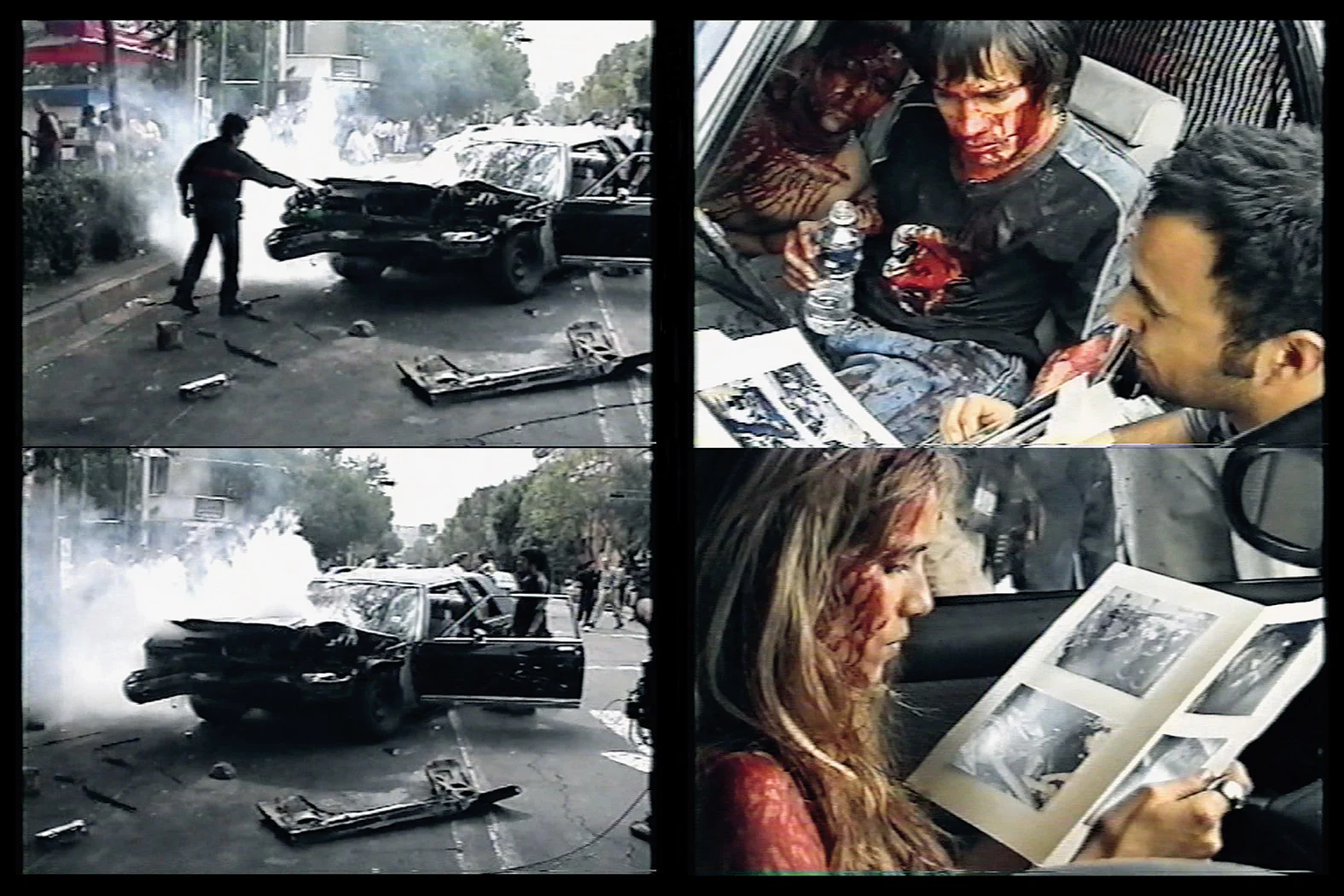
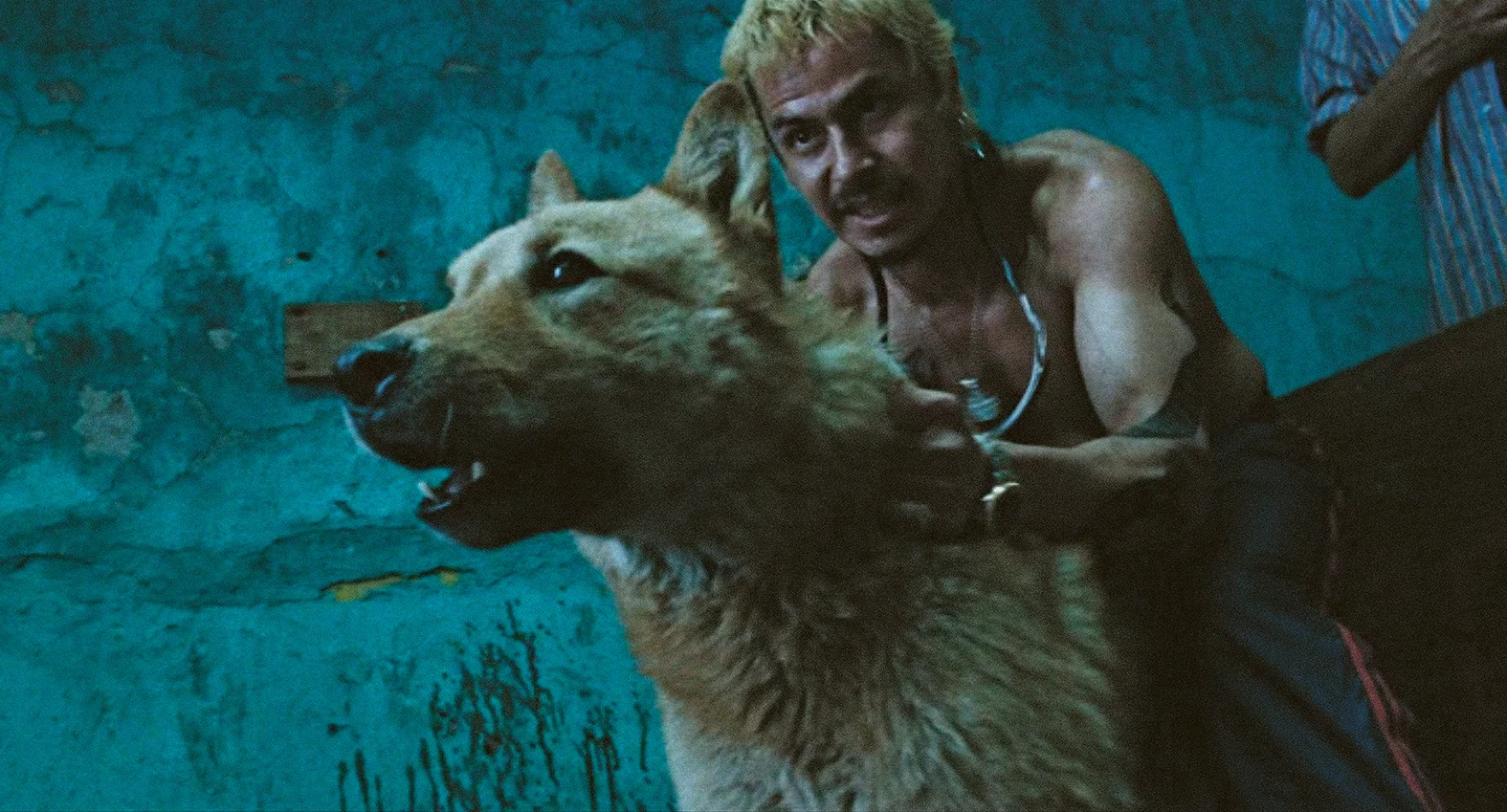
When Alejandro Iñárritu completed his debut film “Amores Perros” in 2000, he felt there was a real chance it would never be seen by anyone. Now, 25 years later, its legacy has endured, not only in its role as the first step in a hugely successful journey for its director, but in the swathes of viewers it has inspired. Now, a new book published by MACK celebrates this legacy and sheds light on the collaborative process that brought it all together. Here, Iñárritu tells Anna Bogutskaya how his beloved Mexico City acts as the story’s main protagonist, and how the book reflects the maximalism and the gritty honesty that defined the film.
“Amores Perros” is available to buy from MACK Books here.
To consider “Amores Perros” in 2025 is to think of beginnings. That of its writer-director, future Oscar-winner Alejandro González Iñárritu; of its green-eyed star, Gael García Bernal, making his feature debut, before becoming one of the most recognized Mexican actors of his generation; of cinematographer Rodrigo Prieto, who would go on to work with Pedro Almodóvar and Martin Scorsese, as well as direct his own film. For Iñárritu, it is: “A door opening. A first time. Vitality. Clarity, a fast pulse, joy, and exhaustion.” It is Mexico City, “an anthropological, adrenaline-fueled trip through my city.” In his introduction to the book, Iñárritu calls “Amores Perros” “a mural… a Mexican metaphor for visual maximalism. In a first (and possibly only) film, as a first-time director, you must pour into it everything you care about—fears, dreams, beliefs. That impulse still guides me when the material calls for it.”
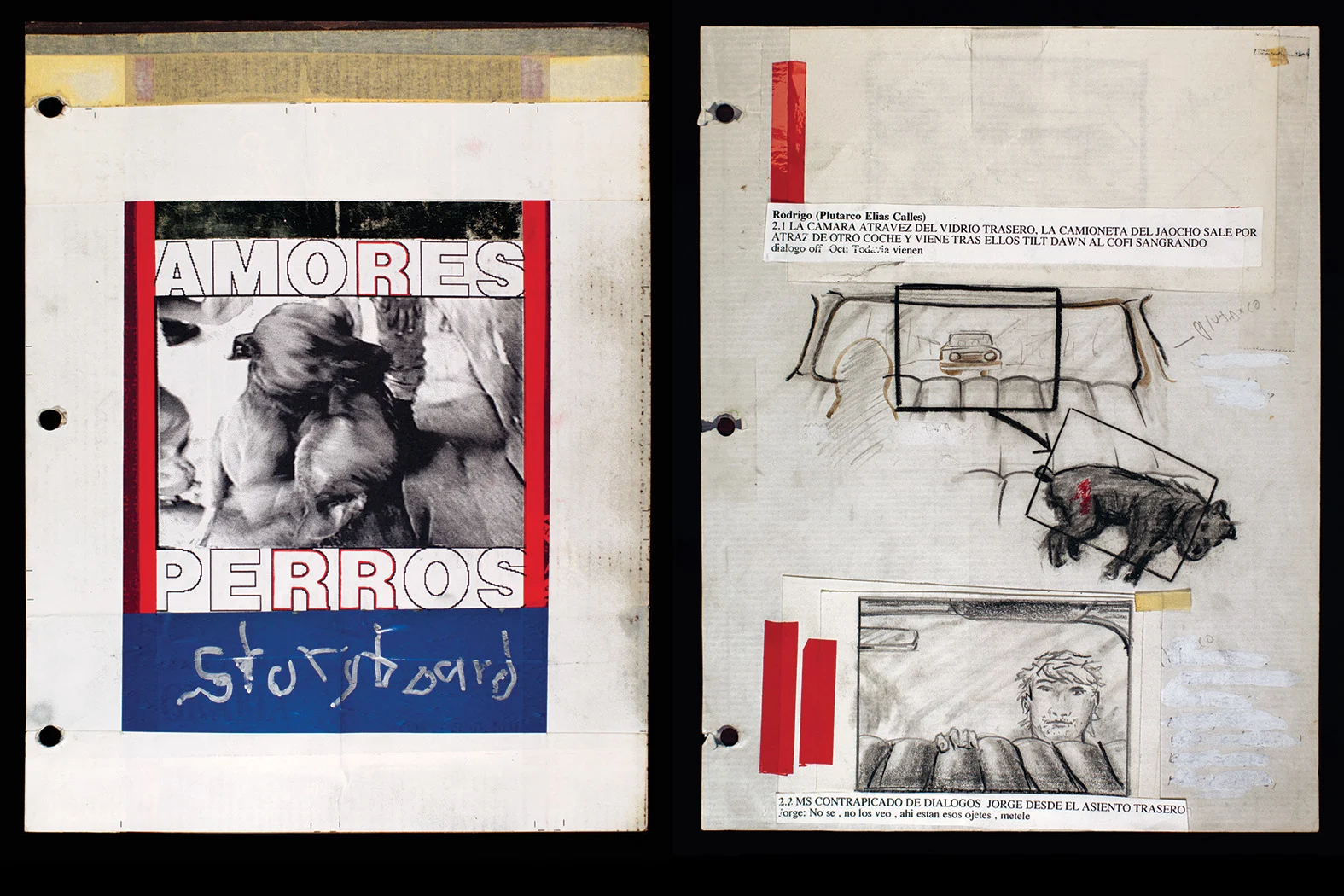
“Amores Perros” is a triptych of interconnected stories, all set in Mexico City, punctuated by a car crash, random acts of violence and dogs: a young man in love with his sister-in-law gets involved with underground dogfighting; a model recuperating from a car crash in her lover’s home tries to rescue her dog, trapped under a broken floorboard; and a hitman’s mark is interrupted by the car crash, as he bides his time caring for an injured dog. This meagre plot description does not—cannot—ever capture the experience of watching “Amores Perros.” There is a feral energy to it, in its thematic ambition, its scope and in the faces of its actors, both seasoned and newcomers. “Presence, truth, trust and risk. A director and actor’s relationship has to be built on mutual trust,” says Iñárritu, who has continuously drawn out ferocious performances from his cast, often casting against type, like Michael Keaton in “Birdman” and Leonardo DiCaprio in “The Revenant.” “I try to create a safe atmosphere where mistakes are more than welcome,” he says, “where instincts can lead and the camera can witness.”
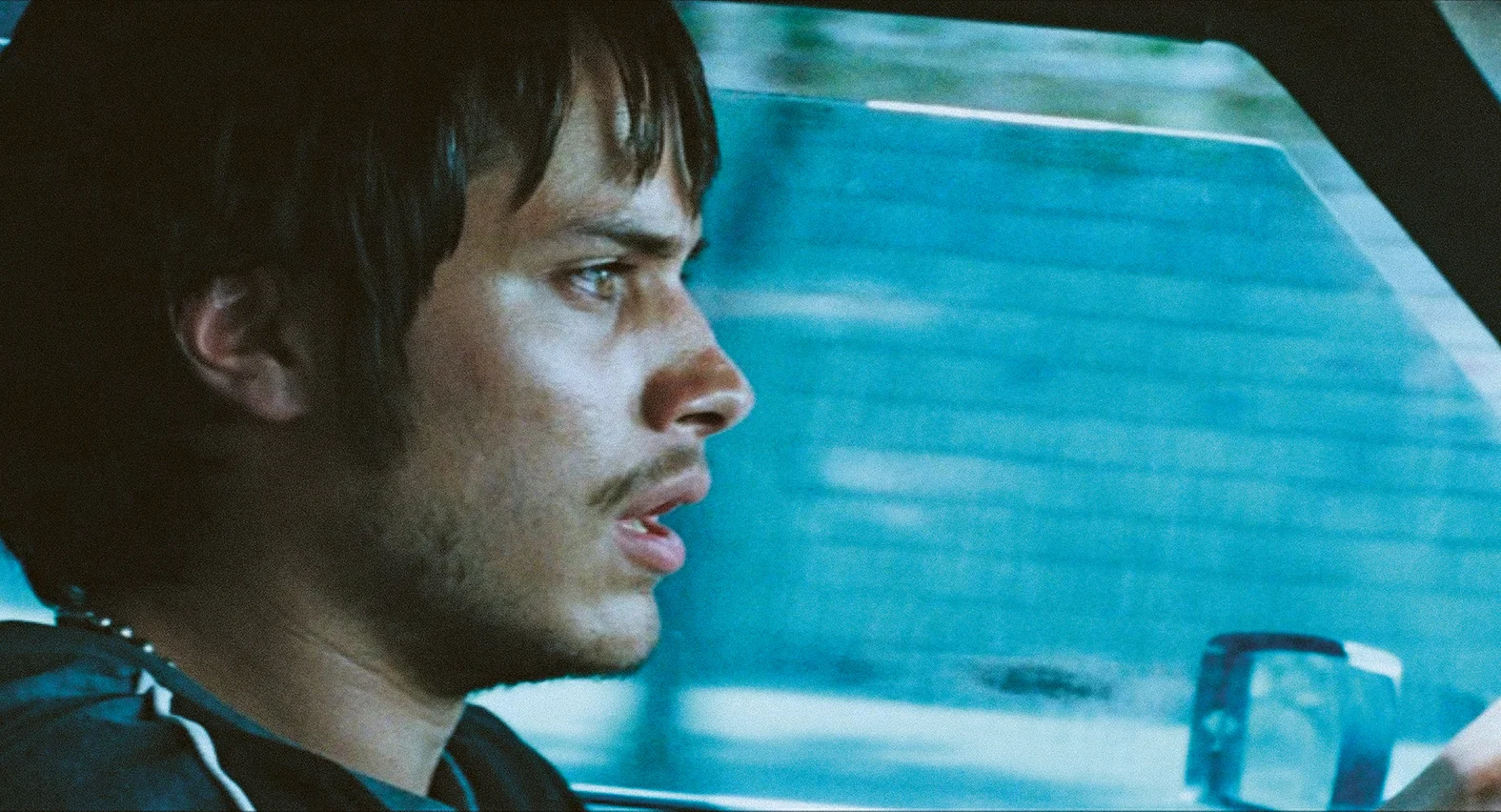
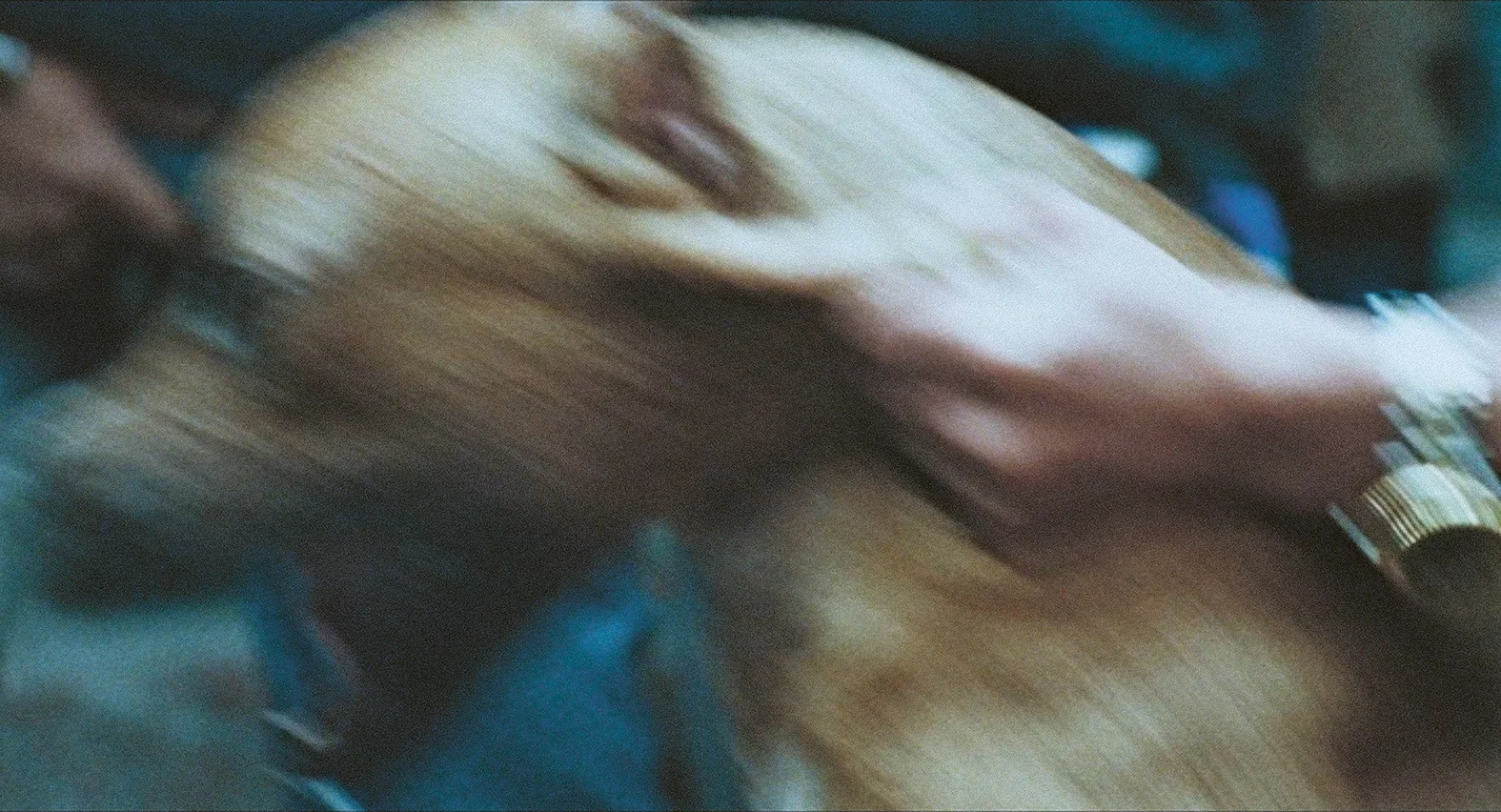
In 2000, Mexican cinema did not travel globally. Oftentimes, films were not even released widely in their country of production. Gael García Bernal even requested a VHS copy of the film in his contract, assuming it would disappear and never be released in cinemas. Iñárritu was prepared for this too. “Maybe that urgency is printed into every frame,” he recalls, but a different fate awaited “Amores Perros.” “There were early screenings where silence turned electric—followed by a very physical reaction,” Iñárritu says. “You feel when a film enters people’s bloodstream.”
After premiering at the Cannes Film Festival, it picked up a BAFTA Award and an Oscar nomination, and was released in over 200 Mexican cinemas. Alongside Alfonso Cuarón’s “Y Tu Mamá También” (released the following year, also starring Bernal) and Guillermo del Toro’s “Pan’s Labyrinth” (2006), the three key voices of the wave of New Mexican Cinema fed a global appetite for stories from Mexico.

To celebrate the film’s 25th anniversary, a new book has been released to commemorate its legacy, shed light on its production and investigate its continued resonance. Far from a nostalgic coffee table book, the book is a celebration of the collaborative process that it took to create the film (or any film, for that matter) as well as that untamed magic that not only pushed the film into being, but also has maintained its kinetic energy over two decades later. “I’m not nostalgic, so this was a chance to play with the past in the present and leave something for the future,” says Iñárritu. “We had never shared much about the film; it felt like time to revise what was there and share it.”
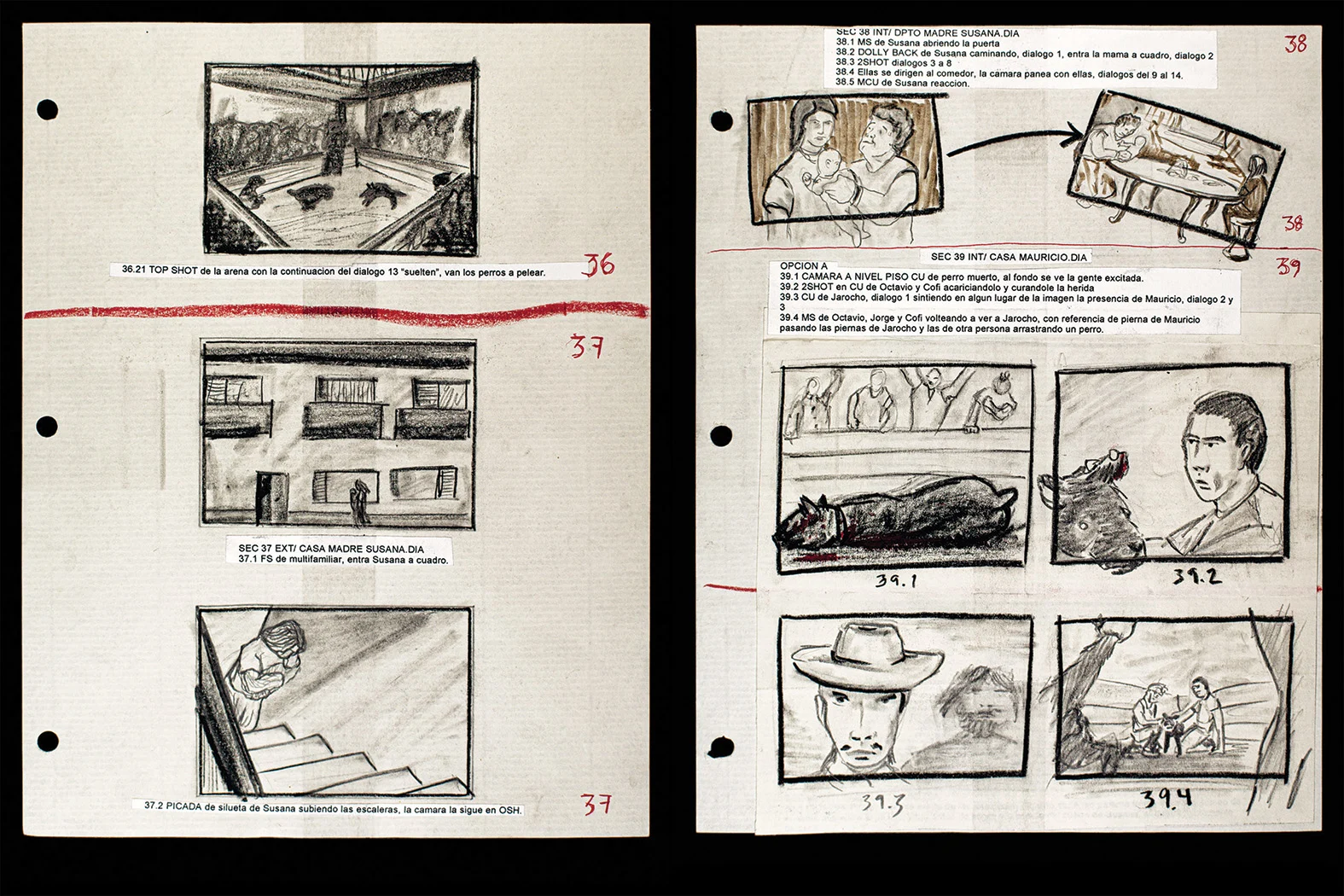
The book, much like the film, has a certain dirty energy to it. “I wanted honesty. Not a pristine coffee-table object, but a street document you can live with,” says Iñárritu, who invited contributors as varied as “Dune” director Denis Villeneuve, film critic Elvis Mitchell, behind-the-scenes photographer Fernando Llanos and more to pen essays (or, in one case, a script) about what “Amores Perros” meant to them. Alongside their thoughts, there are storyboards, production schedules, receipts, emails, behind-the-scenes photos, handwritten scene breakdowns, call sheets and press clippings. It’s the patchwork of body parts that make up a film’s birth, life and afterlife.
“Because the film wasn’t planned as branded content, the materials are ordinary—and that makes them special,” Iñárritu says. “It’s dirty laundry and archives that people rarely see. That’s also the spirit of SUEÑO PERRO,” the multisensory exhibition created by Iñárritu for Fondazione Prada, using unseen footage culled from “nearly a million feet of leftover film.” This tactility, the textures of photocopies, print-outs and VHS screengrabs, remains a crucial element of Iñárritu’s creative process: “What you see in the book is what survived. In my process I still chase texture—grain, breath, the friction of the real—whether on film or digital.”
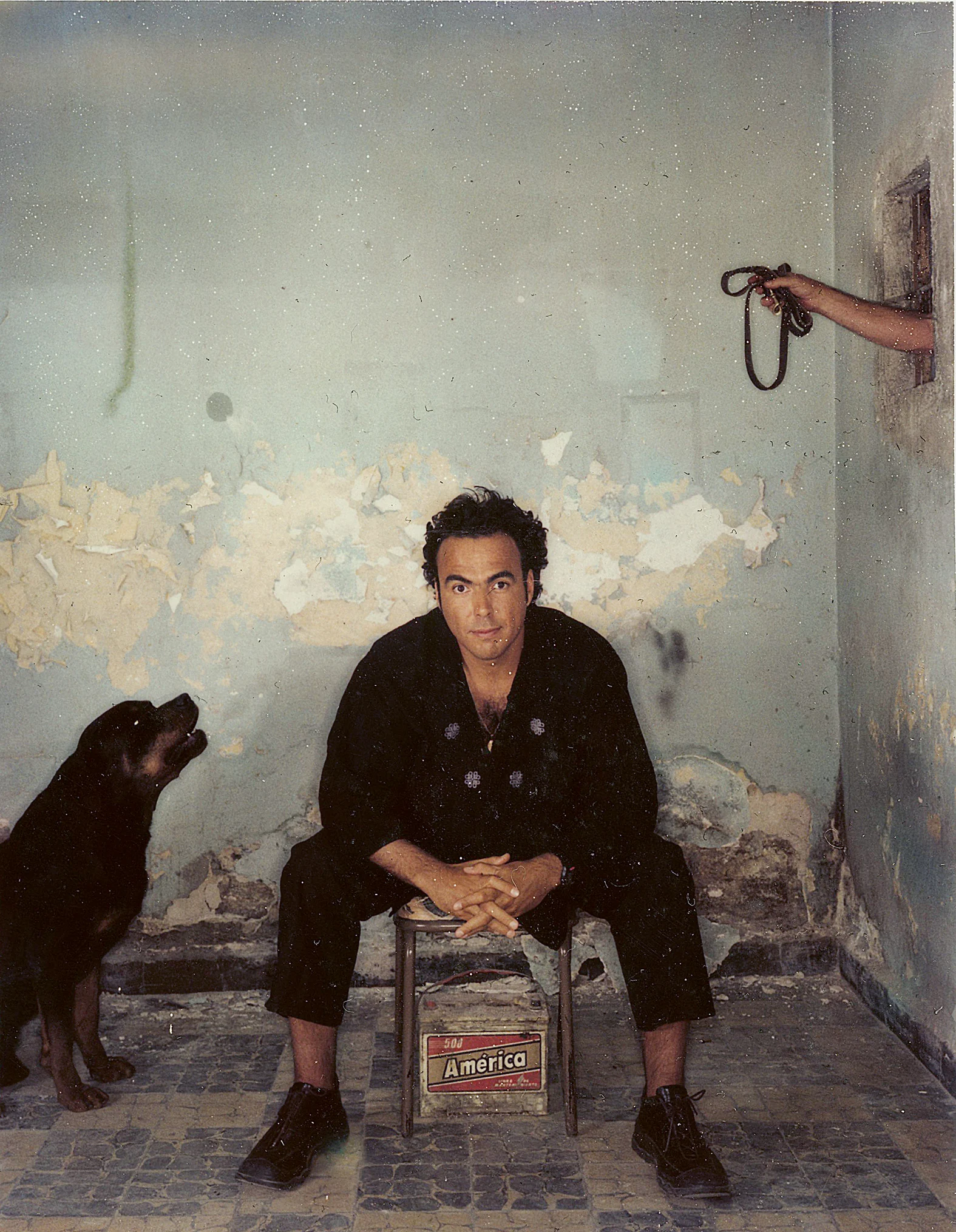
And the center of it, again, is Mexico City, which beats through every page of the book as loudly as it does through every frame of “Amores Perros.” The city “has grown and globalized, but its polyphony remains,” muses Iñárritu, “Place is a protagonist for me—often invisible on screen, but always present as breath, rhythm and pressure. Mexico is an anthropological experiment. An ancient city with buried cities underneath it and a mosaic of cultures and languages. Mexico is not a city but a state of mind.”
“Amores Perros” was Iñárritu’s arrival onto the global cinema stage. Since then, his films have grown in scope, working with major movie stars, in difficult terrains and near-impossible conditions, and yet the DNA of an Iñárritu joint is right there from the start: “The rigor of forgetting everything I did last time and starting again from the beginning,” he says. “Trust the process and the courage to remain amateur—learning, curious, vulnerable—no matter the scale.”
